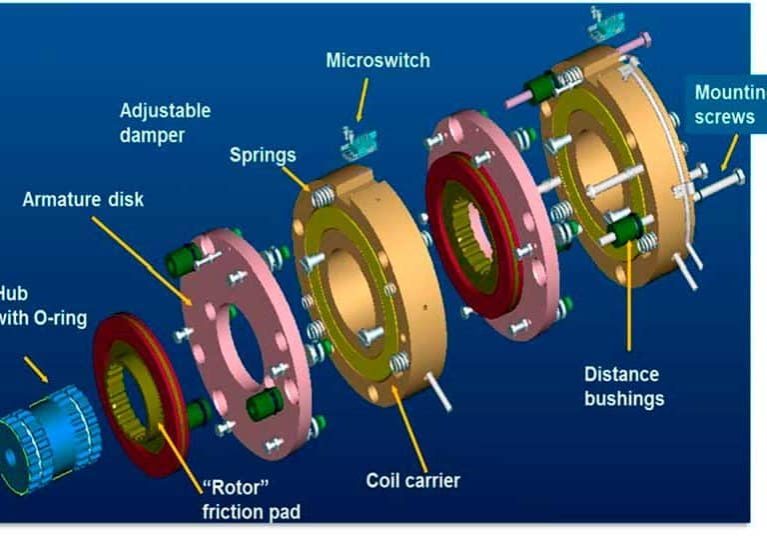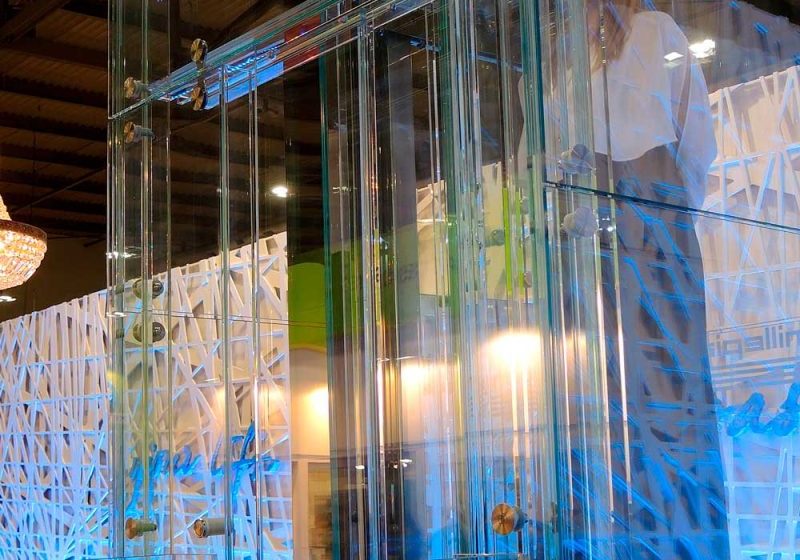It now seems the U.K. government will seek to leave the European Single Market and the Customs Union when it negotiates Brexit. Hywel Davies explores the implications for European Standards and the Eurocodes.
Reprinted with permission from CIBSE Journal, February 2017
Among the questions most frequently asked by Chartered Institution of Building Services Engineers (CIBSE) members about the implications of Britain leaving the European Union (EU) are ones on the standards they use in their daily work. At two recent CIBSE regional events, there were specific queries about the future status of the Eurocodes.
While there are many uncertainties about the U.K.’s negotiations for exiting the EU, there are some things we know for certain when it comes to standards. The first is that U.K. participation in the European Committee for Standardization (CEN)[1] is not related to EU membership, nor is it up to the U.K. government. CEN, along with CENELEC for electrical standards and ETSI for telecommunications, is recognized by the EU and the European Free Trade Association (EFTA) as the European standardization organizations responsible for developing and defining voluntary European standards. CEN develops European Standards and other technical documents for products, materials, services and processes in a range of sectors, including construction, and the U.K. participates in CEN through the British Standards Institution (BSI). This is a private and independent body, with a Royal Charter, and was the world’s first national standards body.
BSI is the U.K.’s national standards body and belongs to CEN, CENELEC and the International Organization for Standardization (ISO), of which it is a founding member. One of the conditions of its membership in CEN is that, when CEN adopts a standard as a European Standard (EN), BSI — plus the other 33 members of CEN — withdraws any conflicting standards.
So, as CEN has developed its series of 58 structural Eurocodes, standards for construction products; energy performance of buildings; and heating, ventilating, lighting, lifts and public health products and systems, the corresponding British Standards have been withdrawn and replaced by the European ones.
The second thing we know is that European Standards will continue to be used in all the other 33 CEN member countries, not just across the EU, after the U.K. leaves. So, whatever the agreed basis on which we trade with Europe after Brexit, goods or services coming from Europe will comply with European Standards. For British products and services to satisfy the many requirements to be placed on the Single Market, even if the U.K. is no longer a part of it, they will need to meet the standards and almost always be CE marked.
The third thing we know is that the BSI is very firmly and publicly committed to the “single standards model” for Europe. In other words, while the U.K. will leave the EU, the BSI does not plan to leave CEN — and the indications are that CEN does not want the BSI to leave.
We also know that it would be a massive undertaking for BSI to embark on recreating national standards — and we know this is just not going to happen. Take the 58 structural Eurocodes for construction, for example: they took 40 years to produce, and some experts made careers out of their development. The cost to British business of its input to the Eurocodes runs easily to tens of millions of pounds. On top of those 58 standards, there are around 1,500 standards and test methods — developed over the past 25 years or more — to underpin the Construction Products Directive and, now, the regulation of the same name.
Quite simply, nobody is going to reinvent those wheels. No significant employer is going to release the experts who would be needed for the task, and BSI is not going to ask them. First, because it does not have the resources to deliver it; second, because it would likely be the quickest way to be invited to leave CEN; and third, because it really does not make any sense to do this.
Finally, there is much talk of a trade deal between the U.K. and the U.S., and our respective leaders have recently met for talks. America will want to do a deal that gives U.S. businesses access to the U.K. market, so we can be sure they will be keen for mutual recognition of standards between the US and the U.K. So, in a U.K. freed from the power of the CE marking, we could be recognizing standards from across the Atlantic, instead of writing or using conflicting standards of our own — and that would be a big step into a known unknown.
Reference
[1] Committé Européen de Normalisation (CEN) brings together the national standardization bodies of 34 European countries, including the 28 current EU members, the three EFTA members — Iceland, Norway and Switzerland — plus Macedonia, Serbia and Turkey.
Get more of Elevator World. Sign up for our free e-newsletter.








